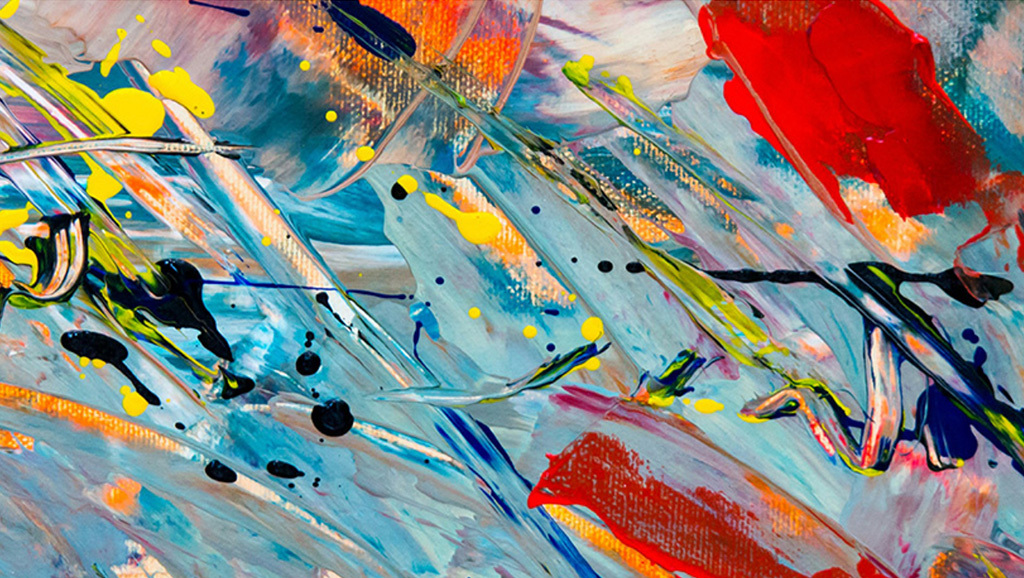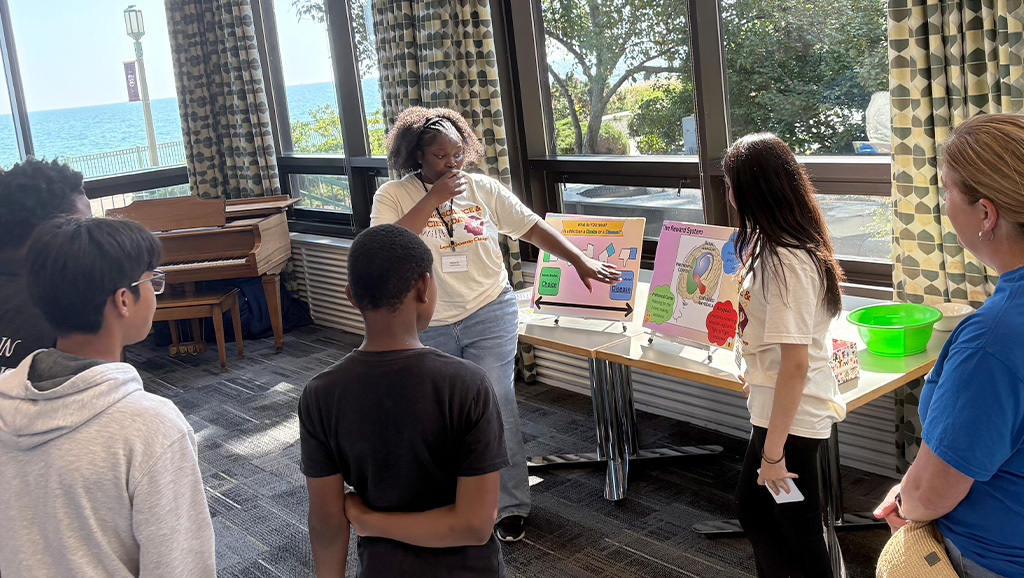News & Insights
Empowering Student Journalism on Neuroscience
Loyola University Chicago Promotes Interdisciplinary Journalism Through Contests that Explore Neuroscience and Society


Loyola University Chicago (LUC), an inaugural grantee of the Dana Center Initiative, offers two innovative efforts designed to support students at both the high school and college levels. One aims to establish a student-focused, interdisciplinary approach to neuroscience education by developing an interest in science, technology, engineering, and mathematics (STEM) among high school students. The other provides college students with a series of interdisciplinary neuroscience competitions, encouraging them to think critically and creatively about the connections between neuroscience and journalism, ethics, art, and business, and potential benefits for communities.
The goal of the Neuroscience Journalism Competition is to encourage collaboration between journalism and neuroscience students to enhance their understanding of values essential for the ethical reporting of new neuroscientific discoveries and their implications. The LUC Program for Neuroscience and Society launched its first round of the contest during the fall 2024 semester, inviting undergraduate students from Loyola to report on a neuroethical dilemma for a lay audience. Fourteen students submitted articles, which were reviewed for journalistic and neuroscientific merit by LUC professors John Slania and Bill Rochlin. The three winning articles were recently announced and published, with senior Mason Eaton awarded first place. Short summaries are provided below:
“The Myths that Fuel the War on Drugs,” by Mason Eaton
Eaton argues the brain disease model of addiction oversimplifies addiction by focusing primarily on neurological factors while overlooking personal and social influences. He explores the unintended consequences of this model, particularly how it may increase the stigmatization of drug users and has led to punitive drug policies that can exacerbate social factors that contribute to substance use disorders such as poverty and marginalization. Eaton encourages a more individualized approach to treatment that considers a broad range of factors.
“Neuromarketing: Advertising Meets Emotions,” by Grace Johnson
Johnson explores the intersection of neuroscience and consumer behavior, asking the question: What role does the brain play in our purchasing preferences? Through an exploration of various methods companies use to study consumer spending, Johnson highlights the powerful role emotions play in shaping shopping habits.
“Should We Continue to Trust Antidepressants?” by Alex de Foy
Antidepressants are commonly prescribed for depression, though their effectiveness varies depending on the severity of the patient’s depression. De Foy explores the role of these drugs, particularly selective serotonin reuptake inhibitors (SSRIs), in treating depression, examining both their potential benefits and limitations.
The next round of LUC’s Neuroscience Journalism Competition is open now through May 15 and is accepting submissions from undergraduate students across the country. Stories should inform the readers about neuroscience and reveal its relevance for understanding our world. Read the guidelines for story topic examples, and to learn more about qualifications and prizes. Visit this page to learn about other neuroscience competitions hosted by the university.
LUC’s Dana Center Initiative program aligns with the goal of the Dana Foundation’s Education program, which aims to strengthen neuroscience’s positive role in the world by sparking interest in and education around neuroscience and the many ways it interfaces with our everyday lives.


